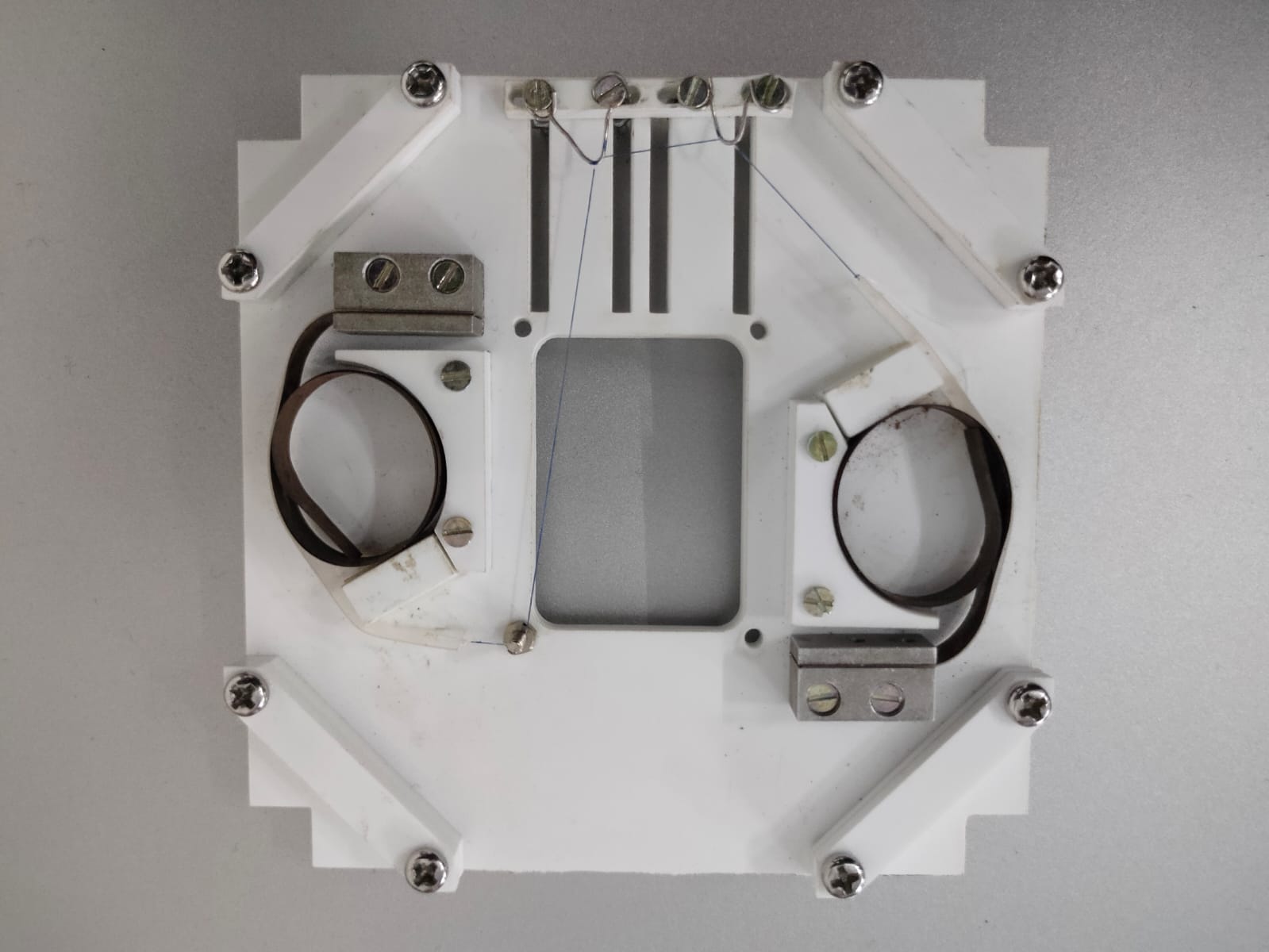
"Sanket", literally meaning "signal" in Sanskrit, is the name of the indigenously developed Antenna Deployment System (ADS) which is used to transmit signals from the satellite to the Earth. The Antenna Deployment System has become an essential component of any nano-satellite design due to space constraints during launch. About 20% of CubeSat missions have failed due to failure in the communication system. Thus, there is a pressing need for a reliable communications system for CubeSats. Our Antenna Deployment System module is developed as an independent module compatible with standard CubeSat sizes of 1U, 2U, and 3U.
We are planning to ground test this technology. For the same, we are designing and manufacturing a CubeSat to provide appropriate interface to the ADS for testing purposes and call this the Auxiliary System (AUX). Post successful testing, this technology will be transferred to the Indian space industry to promote future CubeSat missions in India.